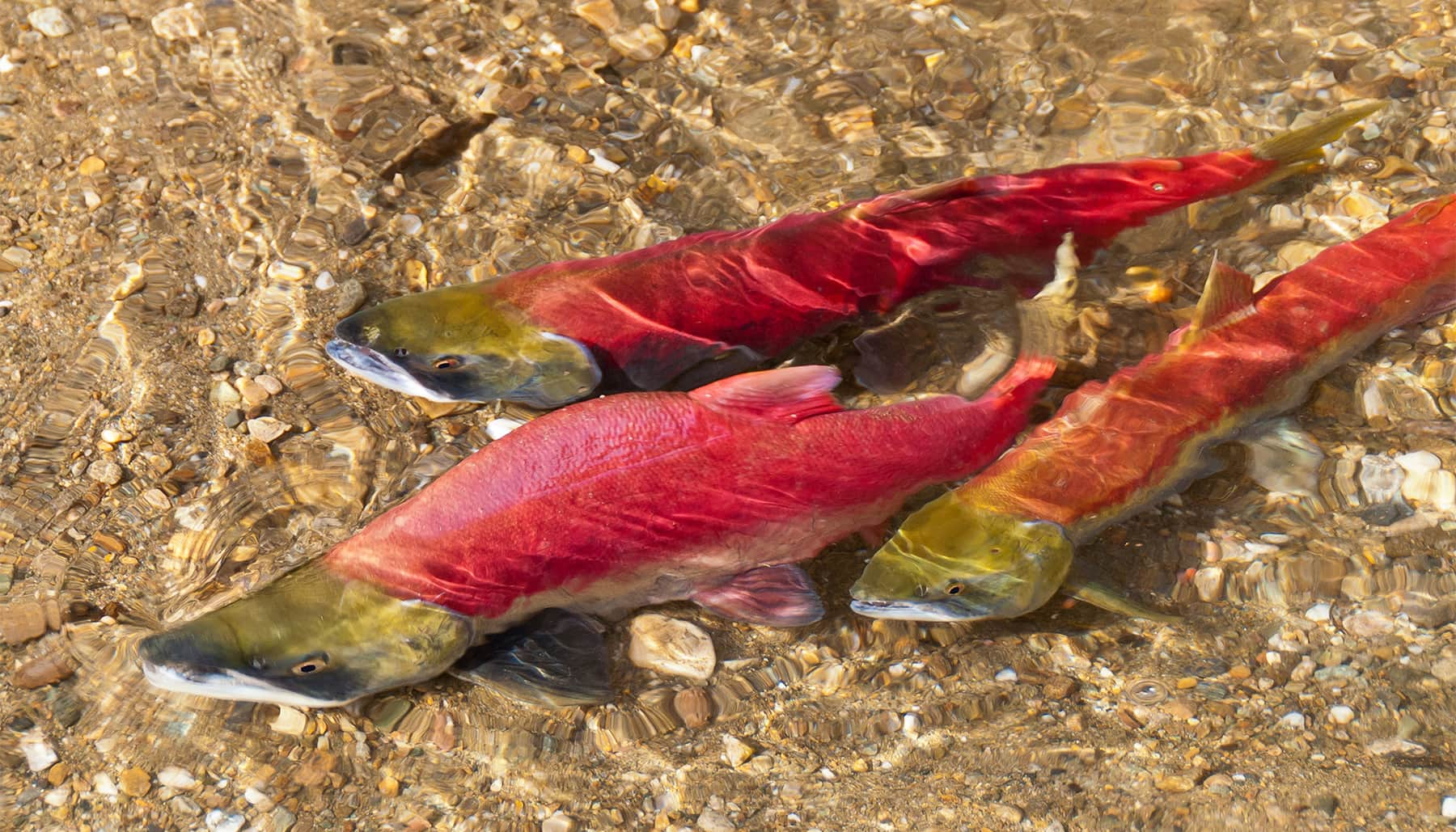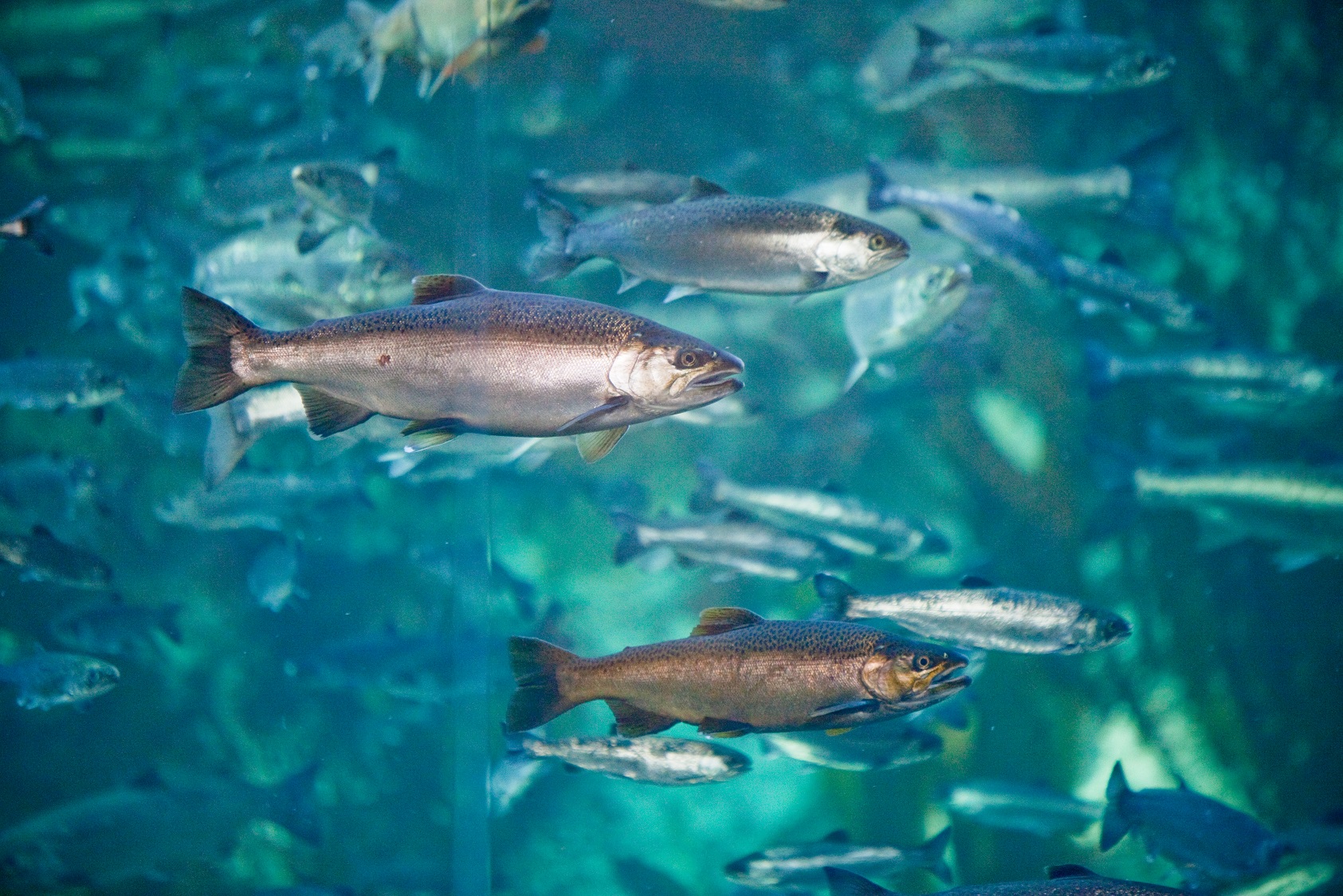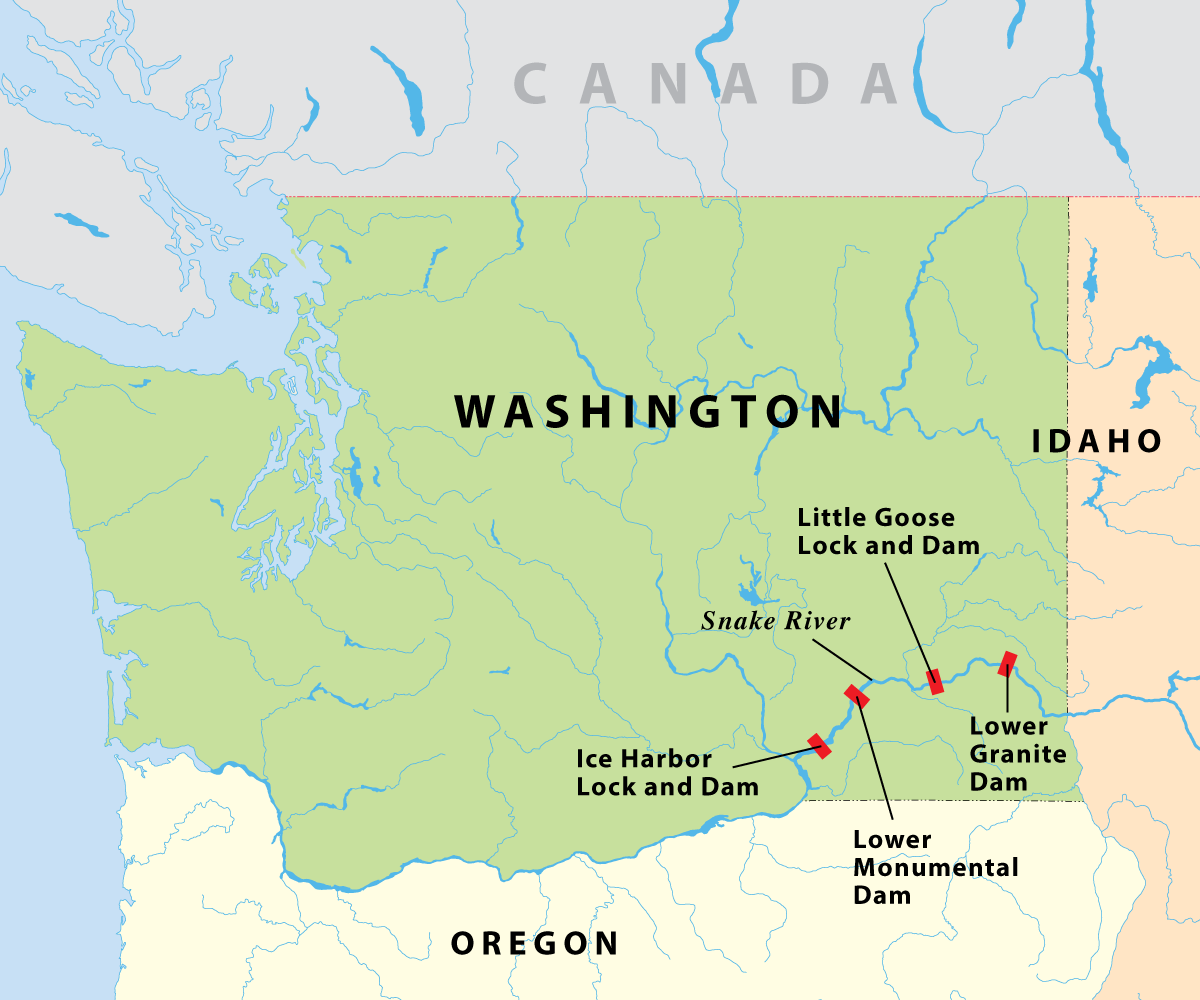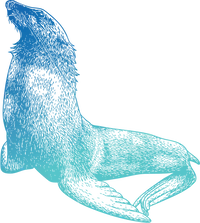Four policies to help salmon in Washington
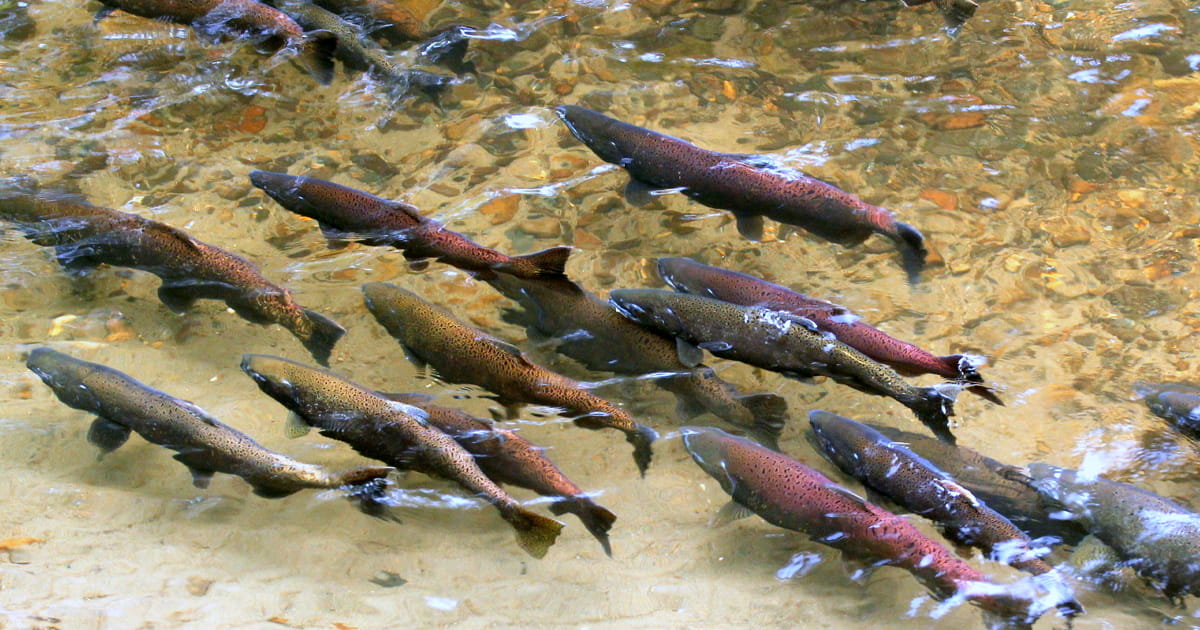
Each year, thousands of Washington salmon migrate, swimming against the current to return to the rivers and streams where they were born. If you visit the Cedar River in the fall, you may spot bright-red sockeye flashing underwater, Chinook building a redd or coho migrating farther upstream to spawn. Adult salmon die within a few weeks after spawning, and the salmon life cycle begins again with the eggs left behind. Right now, young salmon may be emerging from the gravel, foraging for food and making their home in the Cedar River, where they will live and grow before heading out to sea.
Salmon are keystone species and critical for Washington ecosystems, economies and communities, as well as for the survival of the endangered southern resident orcas. Yet our salmon populations face many threats, and some species are dangerously close to extinction.
Salmon rely on a healthy habitat during all phases of their life cycle, including freshwater, estuarine and marine ecosystems. How can we recover salmon populations and protect their habitat? The Seattle Aquarium is working to advance several actions during the 2022 state legislative session that would support critical ecosystems and healthy salmon and orca populations for years to come. Learn more about these priorities and how you can take action below!

Marine Shoreline Habitat (SB 5885)
The time after juvenile salmon leave streams and rivers behind and enter the Salish Sea is a critical survival period. But along Puget Sound shorelines, structures like old docks and bulkheads that are either unpermitted or have fallen into disrepair disrupt and pollute that nearshore habitat. This bill would require shoreline surveys to map these types of structures, then enable steps to restore nearshore habitat.
Duckabush River Estuary Restoration Project
Estuaries—tidal wetland environments where rivers meet salt water—are important environments for all sorts of species, from migratory birds to juvenile salmon. A $50.2 million state investment in the Duckabush River Estuary Restoration Project would restore critical habitat that fish rely on, including threatened summer chum and Chinook salmon. With estuary restoration, there will be pools and slow water areas for fish to hide, rest and grow until they are ready for the marine environment.
Kelp Forests and Eelgrass Meadows (HB 1661/SB 5619)
Washington state is a global hotspot for kelp diversity and is home to eelgrass meadows that provide nursery habitat for juvenile salmon and feeder fish. Unfortunately, these habitats have declined dramatically. This bill would enable creation of a plan to restore or conserve 10,000 acres of kelp forests and eelgrass meadows by 2040—supporting vital habitat for all kinds of species in our coastal waters.
Lorraine Loomis Act for Salmon Recovery (HB 1838/SB 5727)
Named in honor of late Northwest Indian Fisheries Commission chair and Swinomish Tribe member Lorraine Loomis, this bill would protect and restore riparian habitat along Washington state rivers and streams. Shading these waterways keeps the water cool and clean, making salmon populations and the broader ecosystem more climate resilient as air and water temperatures rise. Stay tuned for updates on this bill as the legislative session advances.
Join us in taking action for salmon!
There are steps you can take right now to help salmon have a better chance of recovery:
- If you live in Washington state, speak up this week for salmon. Email your elected officials or call the toll-free legislative hotline at (800) 562-6000 (TTY for hearing impaired (800) 833-6388) between 8am and 7pm, Monday through Friday, to leave a message for all three of your legislators at once. Ask them to support HB 1838/SB 5727, SB 5885, HB 1661/SB 5619 and a $50.2 million investment in the Duckabush estuary project.
- Discover other ways to help salmon and protect ocean health.
Read about our other 2022 legislative priorities and sign up for our email action alerts.
